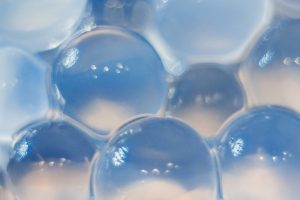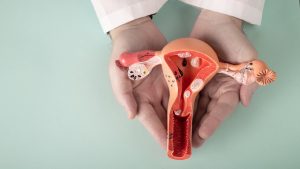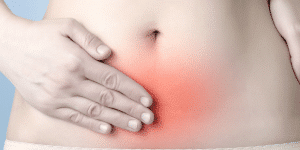Researchers at ETH Zurich and Empa have developed a hydrogel implant that can prevent endometriosis, a disease that affects many women. This innovation also acts as a contraceptive.
Interdisciplinary Collaboration
Hydrogels have many uses: as contact lenses, for administering medication in the body, as moisturizers, for storing water in soil, for purifying contaminated water and as gelling and thickening agents. A hydrogel is a gel consisting of a type of plastic that can bind water. Researchers at ETH Zurich and Empa have now developed the first hydrogel implant for use in fallopian tubes. This innovation fulfills two functions: Firstly, it should act as a contraceptive, and secondly, it should prevent the recipient from developing endometriosis in the first place or stop it spreading if she does.
Around four years ago, Inge Herrmann was able to strengthen her research group at the Department of Mechanical and Process Engineering at ETH and Empa. The new member was a senior physician in gynecology who wanted to conduct clinically inspired research. This type of interdisciplinary collaboration was an experiment for the whole team. The original aim was to develop a new type of contraceptive for women from a hydrogel. However, after the research team started talking to the gynecologist, they realized that implanting a hydrogel to block the fallopian tubes could also help prevent endometriosis.
Preventing Endometriosis by Blocking the Fallopian Tubes
Around 10 percent of all women suffer from endometriosis. However, the exact cause of this disease is still unclear. It is assumed that blood flows back into the abdominal cavity along the fallopian tubes during menstruation. This blood contains cells from the lining of the uterus (endometrium), which settle in the abdominal cavity and can subsequently cause inflammation, pain and the formation of scar tissue.
The researchers have succeeded in producing a hydrogel implant that successfully seals the fallopian tubes and thus prevents retrograde menstruation. They describe their findings in a study recently published in the journal Advanced Materials. They discovered that the implant must be made of an extremely soft gel – similar to the consistency of a gummy bear – that does not affect the native tissue and is not treated as a foreign body and rejected.
One advantage of hydrogels is that they swell when they come into contact with liquid. Therefore, this new implant is only about two millimeters long at the beginning. However, after implantation in the fallopian tubes as part of a non-surgical procedure using a hysteroscope – an instrument used to inspect the uterine cavity – the implant swells to more than twice its original size. The hydrogel then acts as a barrier to both sperm and blood. This hydrogel implant can be destroyed easily and quickly, either with UV light or a special solution, so that recipients do not have to undergo invasive and risky surgery if they decide to have the procedure reversed.
Long Road to Market Maturity of the Implant
According to the researchers, one of the biggest challenges was finding the right balance between stability and degradability. They wanted to ensure that the implant was both compatible and stable. To this end, the researchers first carried out ex vivo experiments on human (and animal) fallopian tubes that had been removed as part of treatment for ovarian cancer, for example. They then tested their innovation on a living pig; after three weeks, the hydrogel implant was still in place and there were no signs of foreign body reactions.
Together with the ETH and the Swiss Federal Laboratories for Materials Science and Technology (Empa), the researchers filed a patent application. However, there is still a long way to go before the implant is ready for the market. As endometriosis is a human disease, it is difficult to say how the hydrogel implant will behave in the long term once it has been inserted into the fallopian tubes, especially if the recipients engage in strenuous physical activity such as sport. It is also still unclear whether blocking the fallopian tubes alone is enough to prevent endometriosis. The researchers have searched databases to find data on endometriosis patients who have had their fallopian tubes removed. Such cases could shed light on whether this measure actually prevents the development of endometriosis in the abdominal cavity.






